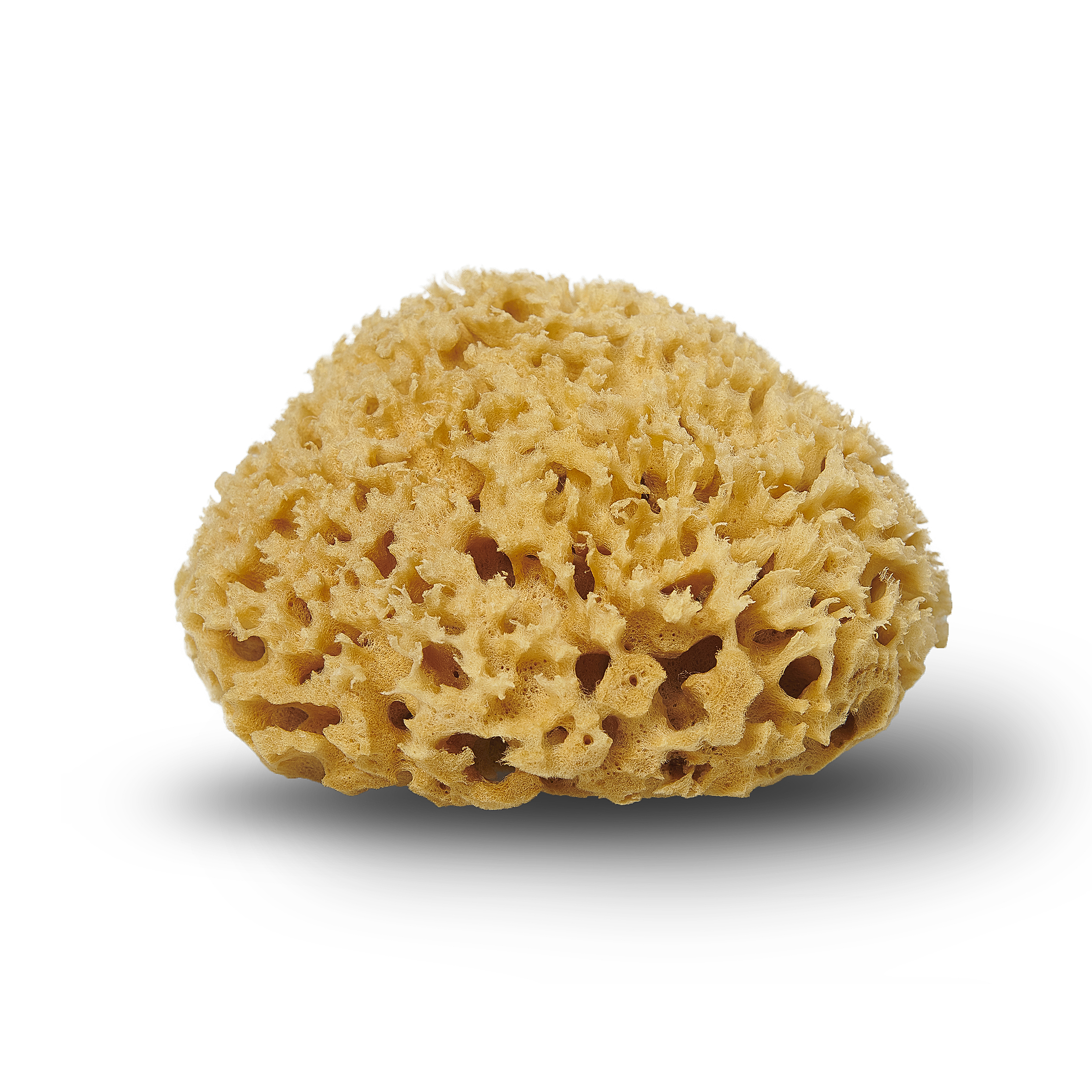Hexactinellid, also known as glass sponge, mainly constitutes a group of deep seas and usually occurs at deep sea and deep sea depths (ie less than 200 m). They are exclusively oceanic and consist of about 675 species worldwide, 9 of which occur in the Mediterranean.
What is sponge suitable for?
One of the many advantages of using a natural sea sponge for bathing and washing is that it has a natural antibacterial effect and contains enzymes that suppress the growth of bacteria, mold and mold. Is to be. They are naturally hypoallergenic and toxin-free.
Can sponges hurt you?
Sponge irritation At first, you may feel a stinging or itchy, thorny sensation. It may then develop a burning sensation, pain, blisters, swelling of the joints, and severe itching. Excessive exposure to certain sponges can cause patients to develop fever, chills, dizziness, muscle cramps, and nausea.
What is sponge made of?
Synthetic sponge is made up of three basic components: cellulose derived from wood pulp, sodium sulfate, and hemp fiber. Other materials needed are chemical softeners that break down cellulose into the appropriate consistency, bleach, and dyes.
Why is sponge bad?
As for the sponge itself, there are major safety concerns as well as everything that may be hidden inside. Dr. Gunter states that debris can break in the vagina and collect bacteria, impairing the body's delicate pH balance.

Below you will find two helpful answers on a similar topic. 👇
What are the symptoms of sea sponges?Where do ocelots live in the United States?
